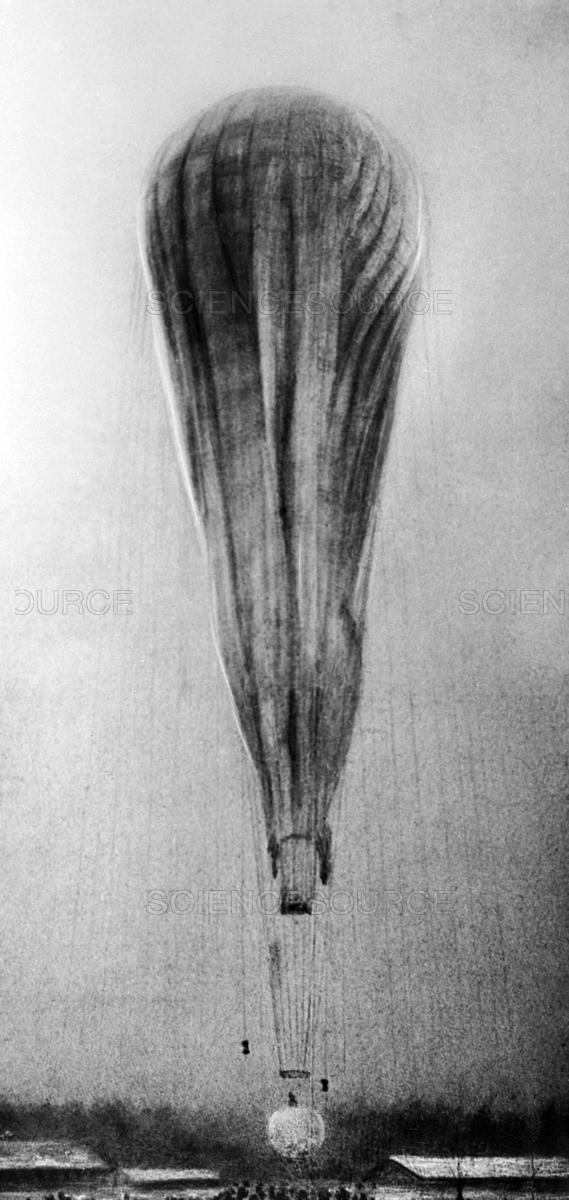
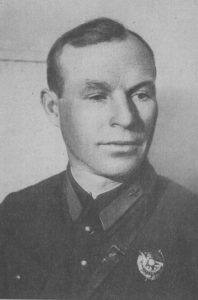
30 January 1934: At approximately 9:00 a.m. a large gas balloon lifted off from Matilovo, near Moscow, and ascended toward the stratosphere. Three aeronauts were aboard: Pavel Fyodorovich Fedoseyenko, Ilya Davydovich Usyskin, and Andrei Bogdanovich Vasenko. The balloon was named Osoaviakhim 1.
Buoyancy was provided by gaseous hydrogen. When fully expanded, the balloon had a volume of approximately 25,000 cubic meters (882,867 cubic feet) and a diameter of 177 feet (54.95 meters).
The three passengers and scientific instruments were carried in a welded sheet metal sphere hanging from cables below the envelope. The gondola was considered air-tight, and with its passengers, equipment and ballast, weighed about 2,000 kilograms (4,409 pounds).
The equipment and experiments carried aboard Osoaviakhim 1 were provided by the Main Physical Observatory, Ioffe Physical-Technical Institute, and the State Radium Institute, all located in Leningrad, Russian Soviet Federative Socialist Republic. They were designed to measure cosmic rays, determine the makeup of the upper atmosphere, and measure magnetic effects. Photographs of the ground were also to be taken.
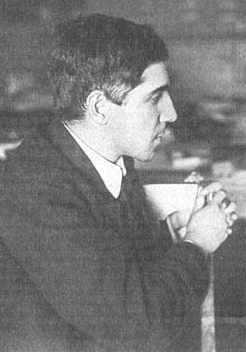
As the balloon rose, the crew maintained radio contact with ground stations. At about 11:45, they reported that they had reached about 67,600 feet (20,600 meters). At 12:23, Osoaviakhim 1 had reached its peak altitude, 22,000 meters (72,178 feet).
While in the stratosphere, sunlight was not damped as it would have been in the lower, denser troposphere. It caused the hydrogen within the envelope to heat to approximately 54 °C. (129 °F.) above the temperature of the surrounding air. The hydrogen expanded the envelope beyond its limits and was released through pressure relief valves.
During the descent, the remaining hydrogen cooled and contracted. The balloon gradually lost buoyancy and the rate of descent increased. The crew had released all of the ballast in order to reach the peak altitude and now had no way to lighten ship to slow the balloon’s descent. After passing through 12,000 meters (39,370 feet), the rate of descent began to dramatically increase, and by 8,000 meters (26,247 feet), the balloon was torn away from the spherical gondola, which then entered a free fall.
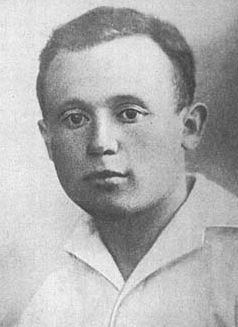
Osoaviakhim 1 struck the ground near Potijsky Ostrog, about 470 kilometers (292 miles) east of Matilovo. All three men were killed. A watch belonging to Vasenko was stopped at 4:23. Presumably, this was the time at which the impact occurred.
A state funeral was held 2 February. The ashes of the three aeronauts were interred in the Kremlin wall. The three urns were carried by the most prominent leaders of the Communist state, Joseph Vissarionovich Stalin, General Secretary of the Communist Party of the Soviet Union; Kliment Yefremovich Voroshilov, People’s Commissar for Defense; and Vyacheslav Mikhailovich Molotov, Chairman of the Council of People’s Commissars.
Fedoseyenko, Usyskin, and Vasenko were named Heroes of the Soviet Union.
Although Osoaviakhim 1 rose higher than than the 18,665 meter record ¹ set by Century of Progress (Commander Thomas Greenhow Williams Settle, United States Navy, and Major Chester Fordnay, United States Marine Corps), 20 November 1933, its peak altitude was not recognized as a record by the Fédération Aéronautique Internationale (FAI). At the time, the Union of Soviet Socialist Republics was not a member nation of the FAI.
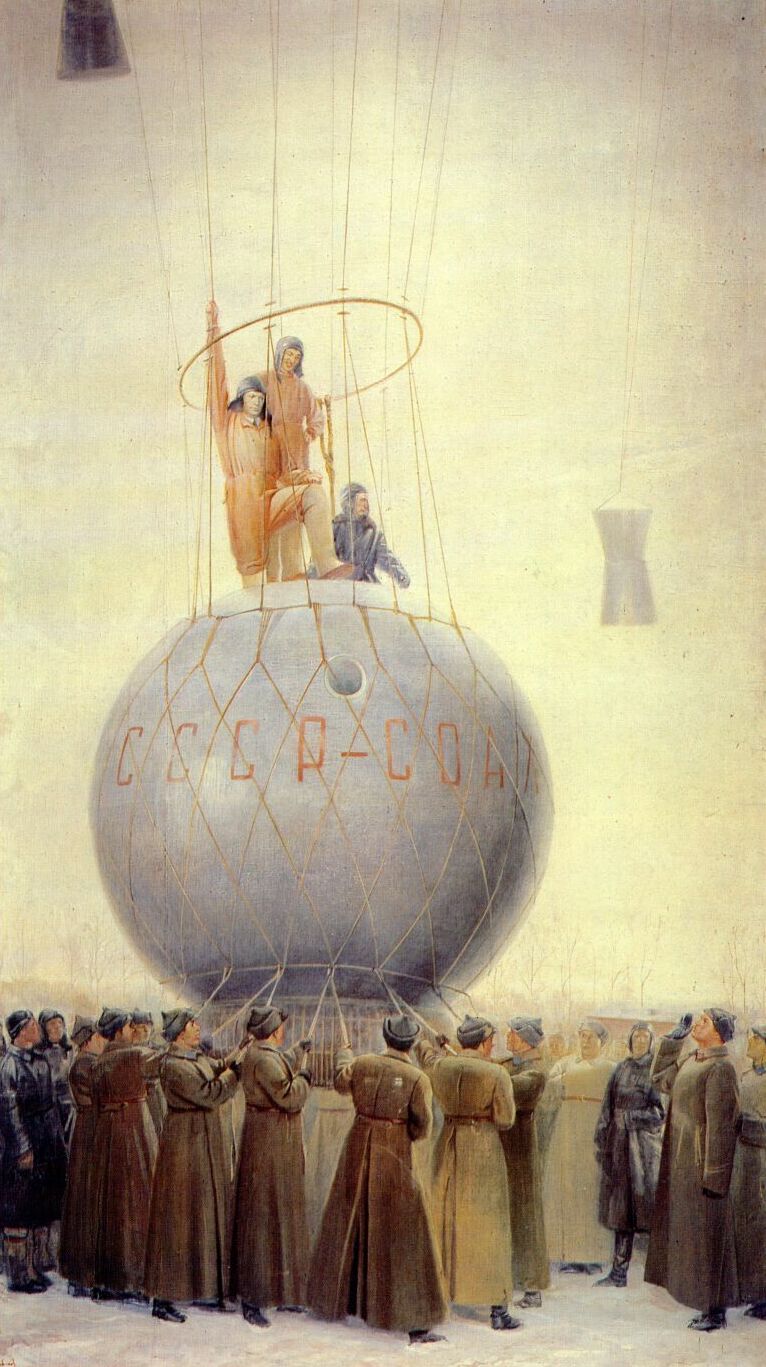
¹ FAI Record File Number 10645
2018, Bryan R. Swopes